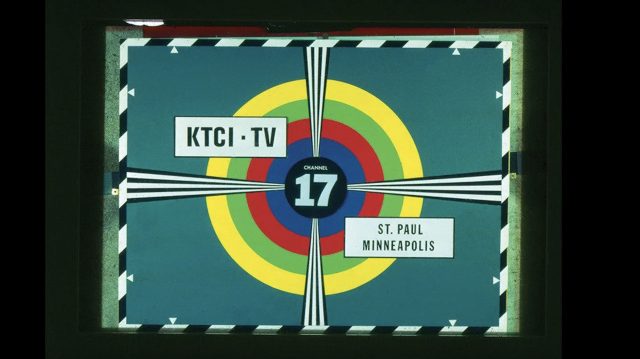
Christian Siebeneck joined Twin Cities PBS (TPT) as Chief Technology Officer in December of 2021 and was promoted to also serve as the Chief Operations Officer in 2022. He is responsible for guiding TPT through technological and operations transformations while developing cross-team collaboration and ensuring TPT maintains its standing as a leader of innovation in public media.
We sat down with Christian to learn more about his background and his thoughts on what is to come for TPT.
What is the path that brought you to TPT?
I’ve spent about 25 years in the world of technology. My early work in technology leadership was at GreatWave Communications in Northeast Ohio. At GreatWave, I started off working at the help desk straight out of college, answering phones every Friday night and Saturday morning, and I moved up to being the CTO, COO, and CEO.
I then had the opportunity to make a change in my career and enter public media. My wife and I moved from where we lived for our first 20 years of marriage to the eastern suburbs of Cleveland, Ohio, and joined ideastream, Northeast Ohio’s main public broadcaster. At ideastream I was Chief Technologist responsible for all the technology operations for radio, television, and IT operations. After three years, I had the chance to move to TPT, serving a larger station and community.
What excites you about public media?
What really motivated me to work in public media is that I was able to go from serving shareholders to being able to support a mission. It is very rewarding to know that people depend on the work you do. I have had members share with me that PBS was their only connection to the outside world, and they relied on that connection. Some of my favorite moments in public media have been when I get to talk with members, work through their issues, and make sure they are getting the programming they rely on.
What is your TPT fun fact?
TPT has one of the largest production studios in the Midwest.
What sets TPT apart in public media?
As a community licensee we’re able to support the community without being controlled by a university or state entity like many stations are. This gives TPT the flexibility to innovate and change what we do as an organization. TPT was the first public media broadcasters in the nation to broadcast in color and the first one to broadcast a channel fully dedicated to HD content. This shows where and how public media can innovate differently than a commercial station. This innovation is something we remain committed to.

What do you consider before undertaking a technological innovation?
Our three biggest questions are how does the change align with TPT’s strategic plan, what is the financial impact to TPT, and how would this improve or enhance the viewer experience? We know there are times that change can create short periods of inconvenience, but the hope is that on the other side audiences gain an enhanced benefit from moving to a different or new technology.
What innovation are you working on now?
A lot of the work we’ve been doing has been inward facing. This summer we are replacing our antenna due to age so that we can continue to serve our broadcast audience. We are also transitioning to a new system to support our viewer services so that we can provide faster and more personalized service to our viewers, members, and donors. We are also working to update and enhance our digital platforms, to increase the number and quality of digital offerings.
The most exciting upcoming effort is ATSC 3.0, the next generation of broadcast technology. We’re hopeful we’ll be able to launch a signal within the next year. ATSC 3.0 will give us the opportunities to enhance audio and video and will give us the potential to add more channels to our broadcast lineup, giving viewers even more options than they have today. ATSC 3.0 also gives us the opportunity to provide greater support for public health and safety initiatives through datacasting, a capability that allows us to send secure messages to public health and safety officials over our antenna.
Why is it important to maintain broadcast service as media shifts more toward digital?
What a lot of people don’t realize is the Twin Cities television market has been a traditionally strong broadcast market. Historically, TPT has been one of the strongest over-the-air broadcasters in the PBS system. Plus, we are seeing a resurgence in broadcast viewing in the millennial population, with an uptick in that demographic of going out and purchasing antennas. As broadcast changes, I believe that public media and TPT will be the last ones to turn off our transmitters, because the members and viewers that we support rely on our broadcast service. We’re committed to making sure whoever needs to access our content can do so.
Where do you see TPT in the next 5 to 10 years?
I see TPT continuing to be an innovative organization that is always trying to be a leader in the PBS system. I see us growing our digital offerings while maintaining our over-the-air broadcasts.
If you are interested in supporting TPT’s technology upgrades, please reach out to the Giving Team at 651.229.1410 or [email protected].
© Twin Cities Public Television - 2023. All rights reserved.
Read Next



